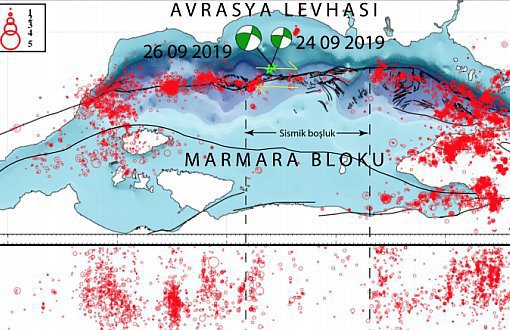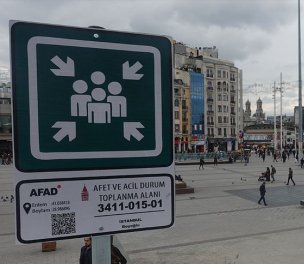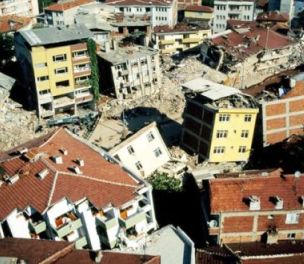Click to read the article in Turkish
İstanbul Technical University (ITÜ) has released a statement after yesterday's (September 26) earthquake to "enlighten the public" about what it called a critical situation.
It shared evaluations by Prof. Dr. Celal Şengör, Prof. Ziyadin Çakır, Head of the Department of Geological Engineering, Prof. Dr. Sinan Özeren and Dr. Lecturer Gülsen Uçarkuş, academics who have carried out researches at the university for many years.
CLICK - 5.8 Magnitude Earthquake Hits İstanbul
Here is the statement:
"The part of the North Anatolian Fault that enters the Marmara Sea (and the associated secondary faults) is generally referred to as the 'Marmara Fault' by earth scientists.
"This is not a fault the behavior of which is the same in every part of it. In some parts of the fault, a movement similar to shift that is called "creep" and small earthquakes associated with it occur.
"In some parts, there are almost no earthquakes. The last major earthquake on the Marmara Fault is the 7.4 magnitude İzmit earthquake in 1999 and the fault that caused this earthquake has moved into the Gulf of İzmit."
The expected earthquake
"On the Marmara Fault, the fault segment that is silent in terms of seismicity (hence expected to be broken and called seismic gap), is the Kumburgaz segment, one end of which is off the Silivri coast and the other end is in the south of Avcılar.
"Geology, geodesy and seismology studies on the seabed are the fault segments that the Kumburgaz fault has not been broken for a long time, is locked and considered to be the fault segment where the expected earthquake in the Marmara sea will occur on.
"The fact that two earthquakes of magnitude 4.6 and 5.7 that occurred in the last two days occurred on the edge of the fully locked Kumburgaz fault segment indicates that the situation is critical.
"Based on the seismology data, it was concluded that the two earthquakes and all of the aftershocks between them occurred within the same mechanical fracture process.
"Based on scientific indicators, current seismic activity should be carefully monitored and necessary measures should be taken." (PT/VK)







